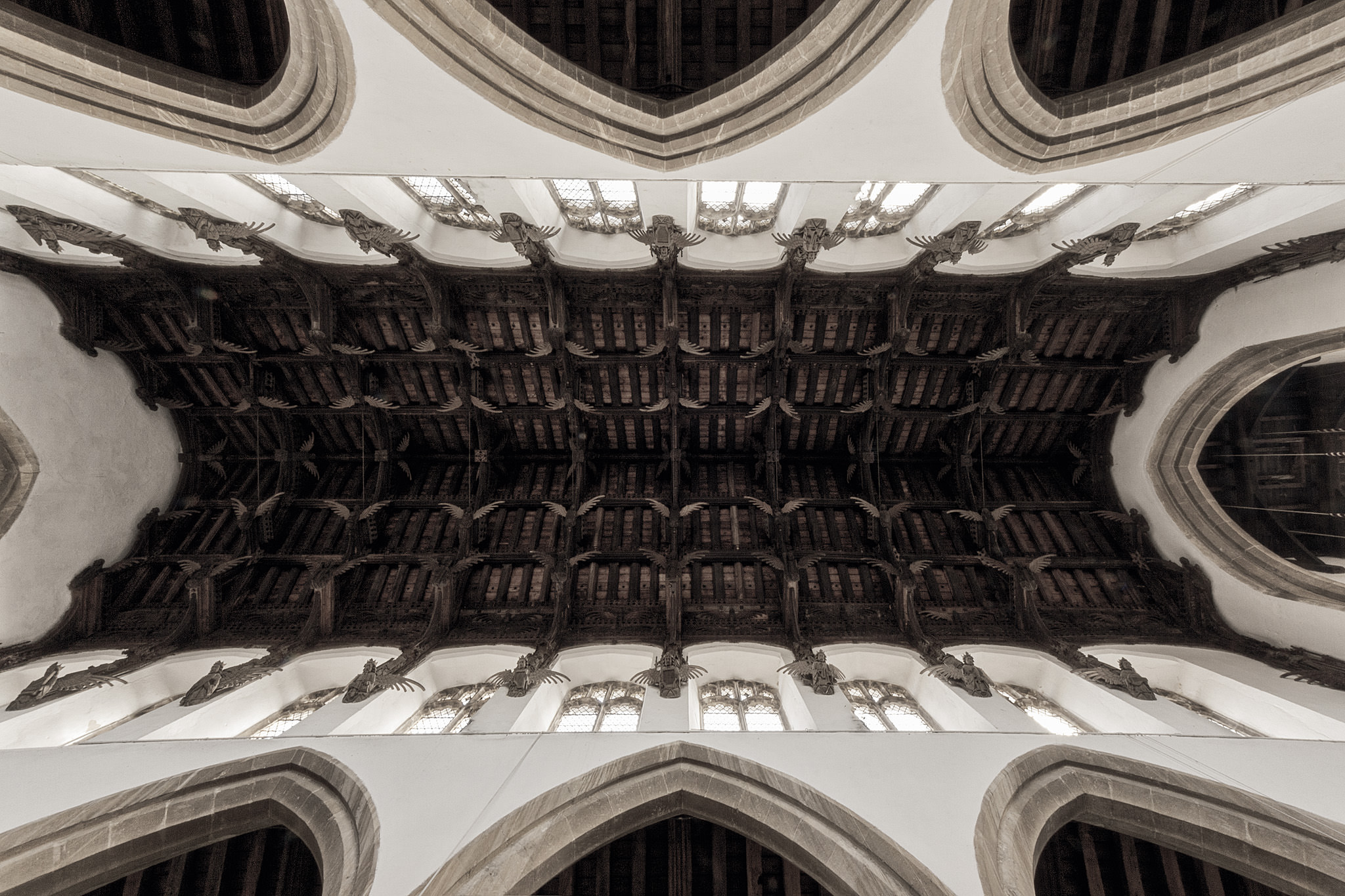St. Wendreda’s Church, March, Eastern England


The only church in England dedicated to this saint who was an Anglo-Saxon princess and later abbess before becoming a saint, having dedicated most of her life to ministry and healing. Legend says that she founded a monastic community in March and was buried here, which would explain the dedication to this more obscure saint. Her relics brought in pilgrims until they were removed to Ely in the 10th century.
Edmund Ironside carried the relics from the church into battle in 1016, hoping to somehow call about the saint for help to win the battle, unfortunately for him, he lost. However King Canute seized the relics and shortly after converted to Christianity so the monks of Ely claimed that the influence of Saint Wendreda had performed a miracle.
The relics were returned to Ely where they stayed until 1343 when they returned to March. At this time a papal indulgence was granted to enable the church to be rebuilt and become a shrine and place of pilgrimage. March then prospered with the wealth brought from pilgrims in search of a miracle.
The church itself dates from the 14th century and has a double hammerbeam roof that carries 120 carved angels attached to the king-post trusses. The roof itself dates from the late 15th to early 16th century and is certainly the main attraction here.
The angel roof here is a lucky survivor. During the reformation all idolatrous items like angels were destroyed throughout the country. Legend says that it is the hospitality of the people of March, which saved them because when the kings men arrived and collected the silver and valuables they welcomed them and treated them well which curbed their destructive tendencies.
To call it an angel roof is a to leave out the other figures which it contains, there are also apostles, saints and martyrs depicted.



